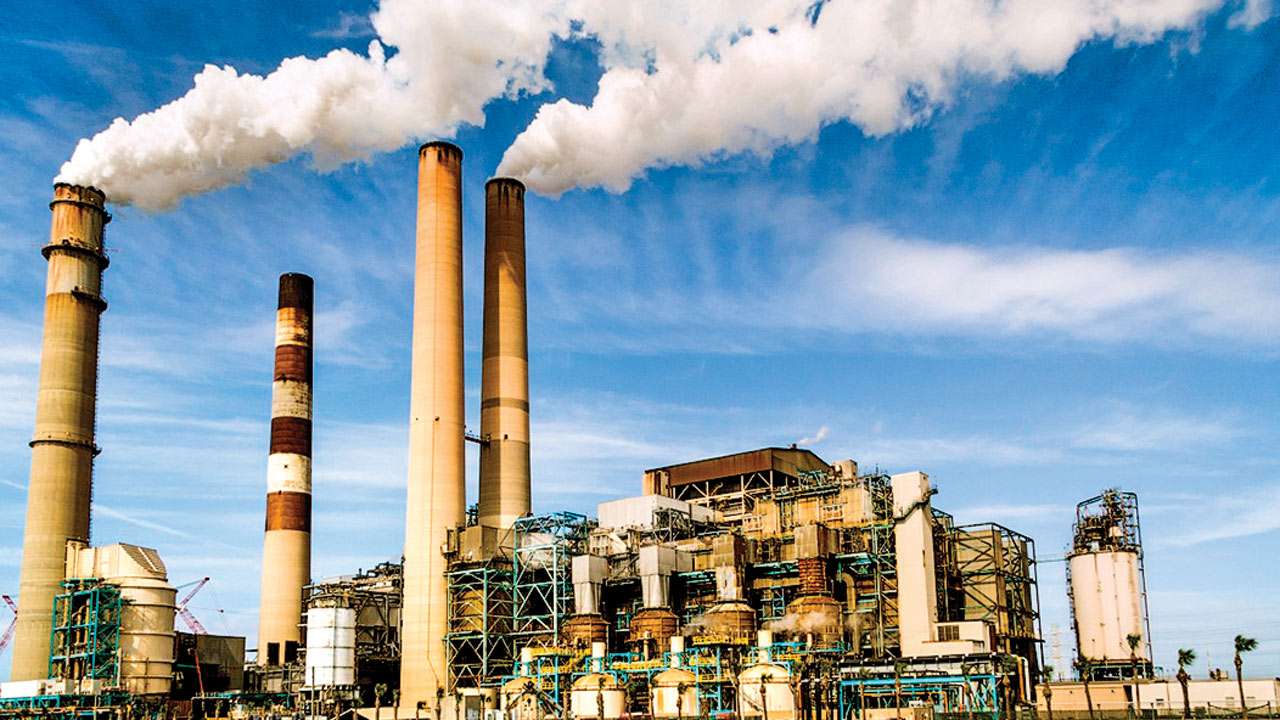The growth of August IIP to 10% is driven by a strong core sector and a low base

The growth of August IIP to 10% is driven by a strong core sector and a low base
The August Index of Industrial Production (IIP) has shown a significant uptick, recording a growth of 10%. This positive development can largely be attributed to two key factors: a robust performance in the core sector and a low base effect from the previous year
The core sector, often referred to as the eight core industries, comprises coal, crude oil, natural gas, refinery products, fertilizers, steel, cement, and electricity.
Economic analysts expect the Index of Industrial Production (IIP) growth for the month to be around 10% because the output growth of the eight key industries increased at a 14-month high of 12.1% in August and other high frequency indicators have been performing well.
The production of cement and steel as well as an increase in capital goods imports will contribute to the strong increase in industrial production. The IIP would have its highest print in 14 months if it registered at 10%.
Also, the statistical benefit of a low base will help the IIP in August. Just 1.9% will be added to IIP month over month. The IIP had decreased by 0.7% year over year as of August 2022.
The IIP statistics for August will be made available by the National Statistical Office on October 12.

About 40% of the IIP is made up of the core sector, which includes eight industries: coal, crude oil, natural gas, refinery products, fertilisers, steel, cement, and power.
The strong performance of the core sector growth in August was principally fueled by a high increase in coal and electricity output, which was brought on by a deficient monsoon that prompted a surge in power demand. During the month, the production of both sectors increased by 14.9% and 17.9%, respectively, year over year.
The strong performance of the core sector growth in August was principally fueled by a high increase in coal and electricity output, which was brought on by a deficient monsoon that prompted a surge in power demand.
During the month, the production of both sectors increased by 14.9% and 17.9%, respectively, year over year.
India’s monthly electricity consumption increased 16% year over year in August to 151.66 billion units (BU).

In August, the production of cement and steel both experienced significant increases of 10.9% and 18.9%, respectively, due to the government’s ongoing capital spending.
Other often occurring signs, such as E-way bill production and passenger vehicle sales, point to a booming economy that would support the IIP in August.
E-way bill production reached a new high in August of 93.44 million, up 19.5% from the previous year. Additionally, GST receipts for the month increased 11% to Rs 1.59 trillion.
These industries have a major bearing on industrial growth due to their comprehensive influence on various other sectors. Here’s a breakdown of the key performances:
- Coal and Crude Oil: Global energy markets have seen a surge in demand after the easing of lockdowns and as businesses resume full-scale operations. This demand surge has positively impacted both coal and crude oil sectors, leading to increased production levels.
- Steel and Cement: Infrastructure projects have gained momentum, particularly in developing nations that are focusing on rapid urbanization and expansion. This has caused a boost in demand for steel and cement – the fundamental building blocks of infrastructure.
- Electricity: With industries and commercial operations returning to pre-pandemic levels, electricity consumption has seen a notable jump. The augmentation in demand has catalyzed the power production sector.
- Natural Gas, Refinery Products, and Fertilizers: These industries have also shown promise, with growth spurred by both domestic demand and export opportunities.
The ‘low base effect’ plays a significant role in understanding the high growth percentages. In statistical terms, when an economic indicator, such as the IIP, has a low starting point (or base) in the previous year, even a modest increase in absolute terms can result in a high percentage growth.

Last year, during the same period, many industries were grappling with the effects of the pandemic. Production levels were significantly low due to supply chain disruptions, lockdown measures, and reduced workforce availability.
As industries have now bounced back and surpassed these levels, the growth seems amplified due to the low base effect.
The 10% growth in IIP is undoubtedly a positive sign for the economy. It showcases the resilience of the industrial sector and its ability to bounce back from adversities like the pandemic. Here are a few implications:
- Investor Confidence: Robust IIP growth can act as a catalyst in attracting both domestic and foreign investments. As the core sector performs well, it offers stability and assurance to investors eyeing long-term commitments.
- Employment Opportunities: A thriving industrial sector invariably leads to job creation, which can help alleviate unemployment woes, especially in the post-pandemic scenario.
- GDP Growth: The industrial sector’s health is directly correlated to GDP growth. A strong IIP can contribute positively to the nation’s economic growth rates.

While the 10% growth in August’s IIP is a commendable achievement, it’s essential to recognize the factors driving it. The robust core sector performance and the low base effect have jointly played a role in this surge. For sustained growth, it’s imperative for industries to continuously innovate, adapt to changing scenarios, and remain resilient against potential future disruptions.





